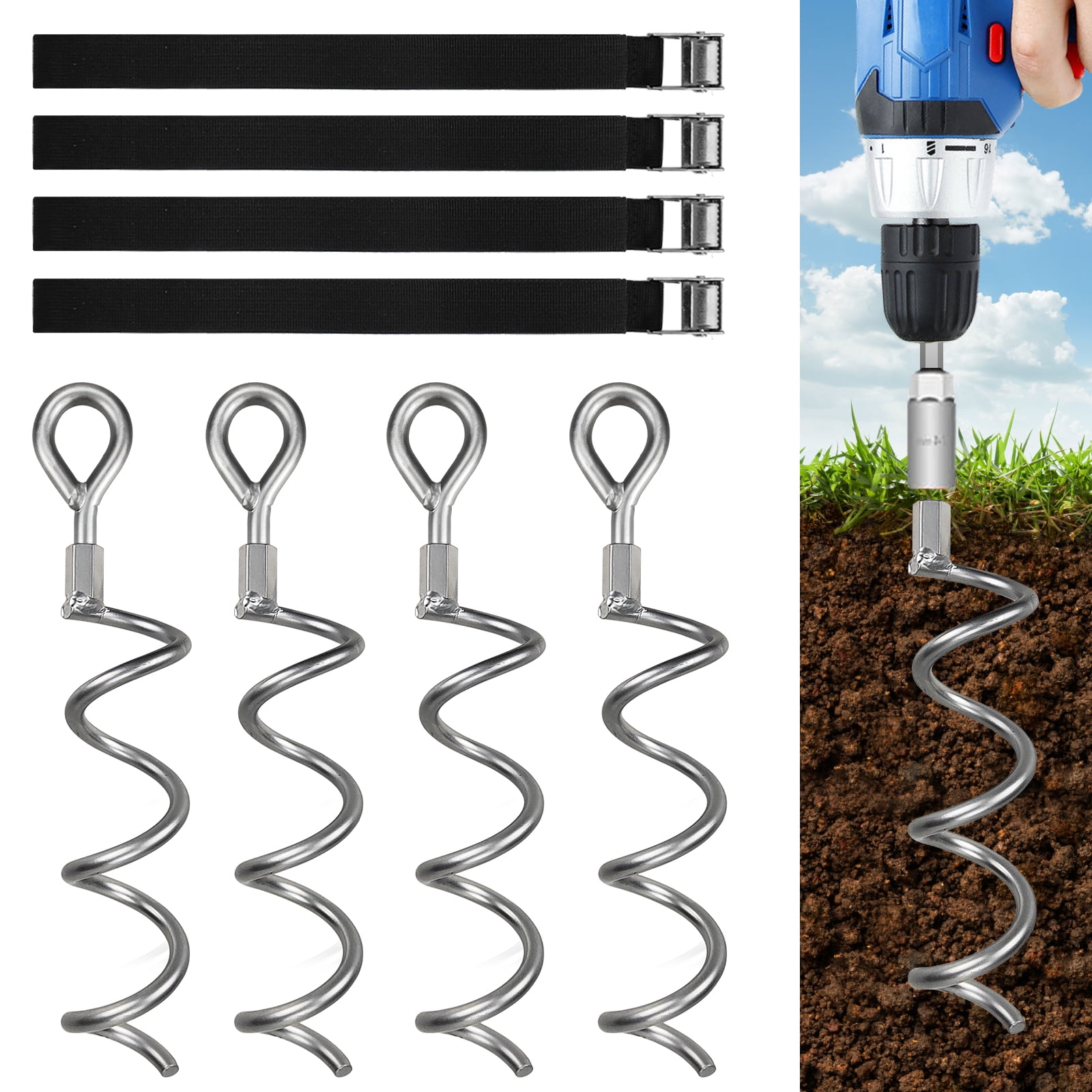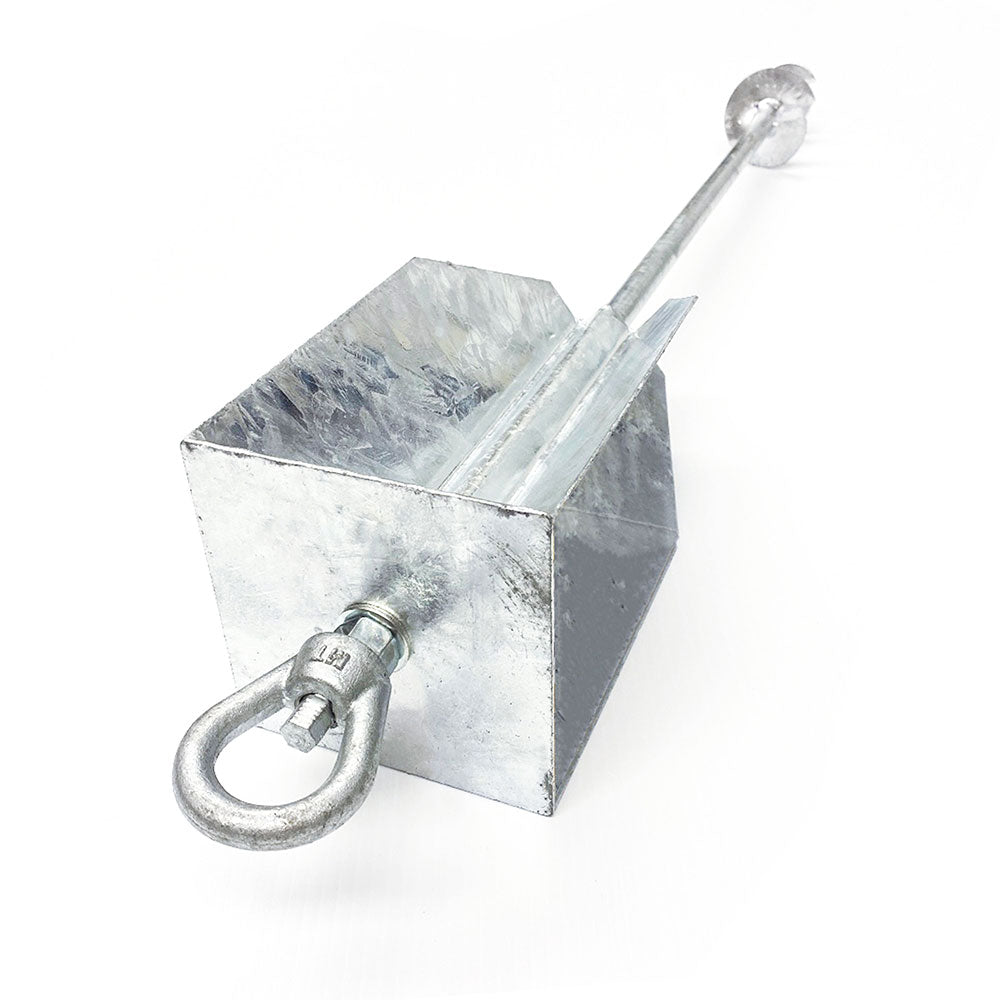Best Practices on Effectively Maintaining a Ground Anchor for Reliable Performance
Best Practices on Effectively Maintaining a Ground Anchor for Reliable Performance
Blog Article
Understand Why Ground Support Is Important for Security and Longevity
Ground supports are a crucial component in building, giving critical assistance and security for different frameworks. Comprehending the various kinds and applications of ground anchors can illuminate their essential duty in guaranteeing safety and security and toughness.
Duty of Ground Anchors in Building
Ground anchors play a crucial duty in building by supplying important support and stability to frameworks. These devices are developed to transfer tons from a structure to the ground, making certain that buildings and various other facilities continue to be safe under various problems. Ground anchors are particularly crucial in situations where soil problems are unstable or where there is a risk of side activity, such as on inclines or near bodies of water.
The installation of ground anchors includes exploration right into the earth to get to steady soil or bedrock, where the supports can be safely secured. This procedure not just boosts the structural honesty of a job but likewise minimizes the risks connected with soil erosion and changing. In addition, ground supports can be employed in short-lived frameworks, such as building websites, where they provide needed stablizing throughout the building process.
Ground supports also add to the durability and longevity of frameworks by decreasing the possibility of negotiation and failing. Ground Anchor. By successfully distributing and taking care of lots, these important components are vital in maintaining safety and security criteria and guaranteeing the reliability of various building jobs. Overall, the value of ground supports in building can not be overemphasized, as they are important to effective engineering methods
Kinds of Ground Anchors


While numerous kinds of ground supports exist, each serves particular applications and conditions within building and construction jobs. The most common kinds consist of mechanical anchors, grouted supports, and driven anchors.
Mechanical supports, such as growth supports, utilize a mechanical action to protect the support within the substrate - Ground Anchor. These are usually utilized in lightweight applications, like protecting components to stonework or concrete
Grouted anchors, on the various other hand, entail drilling a hole, positioning a steel pole or cable television, and afterwards filling up the annular space with cement. This technique appropriates for high-load circumstances, using boosted security and resistance to vibrant forces commonly located in hefty building.
Driven anchors are generally mounted by driving a steel pole or pipeline into the ground, making them ideal for temporary applications such as securing scaffolding or formwork. They fast to install and can be removed quickly when no much longer required.
Other customized anchoring systems consist of helical anchors, which are screw-like tools utilized in numerous soil problems, and deadman supports, which count on the weight of a buried things to provide security. Each kind of ground support is designed to meet specific design needs, making sure security and architectural stability.
Benefits of Using Ground Supports
The benefits of utilizing ground anchors in building and construction tasks are significant, enhancing both safety and security and architectural performance. Ground anchors provide necessary resistance versus lateral pressures, such as soil motion, wind tons, and seismic task. This resistance assists preserve the security of frameworks, avoiding possible failings that might result in hazardous scenarios or expensive repair work.
In addition, ground anchors promote the efficient transfer of loads from structures to the bordering dirt, ensuring a balanced distribution of weight. This load transfer lowers the danger of working out or changing, which can jeopardize the honesty of a structure gradually. By utilizing ground anchors, designers can additionally produce extra efficient layouts, as they enable slimmer architectural aspects while preserving safety and security requirements.
Additionally, ground anchors are flexible and adaptable to various soil conditions and job demands. Their installment can frequently be finished rapidly and with marginal disturbance to the surrounding environment, making them an effective selection for several construction applications. Eventually, the use of ground supports boosts not just the sturdiness of frameworks yet likewise adds to a safer working atmosphere for building and construction employees and future occupants.
Typical Applications and Utilizes
Various building jobs utilize ground supports for their effectiveness useful site in boosting security and security. These flexible parts are generally employed in numerous other applications across the construction and civil engineering fields. One widespread application is in maintaining wall surfaces, where ground anchors supply the essential assistance to stop dirt movement and preserve architectural honesty.
Additionally, ground supports are vital in safeguarding momentary frameworks, such as scaffolding and shoring systems, guaranteeing they continue to be stable throughout building tasks. In the realm of foundation assistance, they are utilized to reinforce existing structures, specifically in areas vulnerable to ground negotiation or changing dirt conditions.
Ground supports likewise discover extensive usage in incline stabilization projects, where they assist minimize landslide threats by anchoring the soil to secure rock formations. One more significant application is in the setup of wind generators, where they secure the base versus lateral pressures generated by wind, ensuring functional security and long life.
Furthermore, ground anchors are utilized in tunneling tasks to maintain the surrounding ground throughout excavation. Their varied applications underline the critical role ground anchors play in maintaining safety and security and toughness in different building scenarios.
Installation Best Practices
Successful application of ground supports in various building projects hinges on reliable setup techniques. Proper installment is vital to guarantee the supports accomplish their desired purpose and preserve structural stability gradually. Key ideal methods consist of complete website evaluation, which entails assessing dirt conditions, lots requirements, and environmental variables that may affect support efficiency.
Prior to installment, it is necessary to choose the appropriate kind of ground anchor based on the specific application and dirt characteristics. go to this web-site Using premium products and adhering to maker specifications will enhance the support's longevity and efficiency. During installation, guarantee that the support is positioned at the right angle and deepness, as these variables substantially impact load-bearing ability.
Moreover, making use of correct equipment and methods is critical, including boring or driving approaches tailored to the website conditions. After setup, conducting lots testing can verify the support's performance and identify any type of potential problems early. Normal inspections are additionally advised to keep track of the problem of the anchors and bordering dirt. By following these installment finest techniques, specialists and engineers can boost the safety and longevity of structures reliant on ground anchors.

Conclusion
In summary, ground supports are crucial components in building, considerably boosting safety and security and resilience. The varied types and advantages of ground supports, coupled with their comprehensive applications, highlight their importance in both temporary and permanent structures.
The installation of ground anchors involves drilling into the planet to get to steady soil or bedrock, where the anchors can be securely anchored.The advantages of making use of ground supports in construction tasks are significant, improving both security and architectural performance.Many construction jobs take advantage of ground supports for their effectiveness in boosting stability and security.Effective application of ground anchors in different building and construction tasks pivots on effective installment techniques.In summary, ground supports are vital components in building, substantially improving safety and longevity.
Report this page